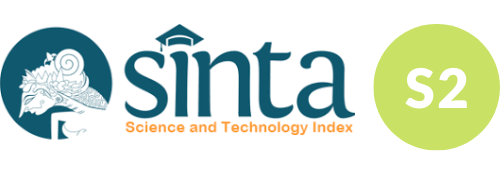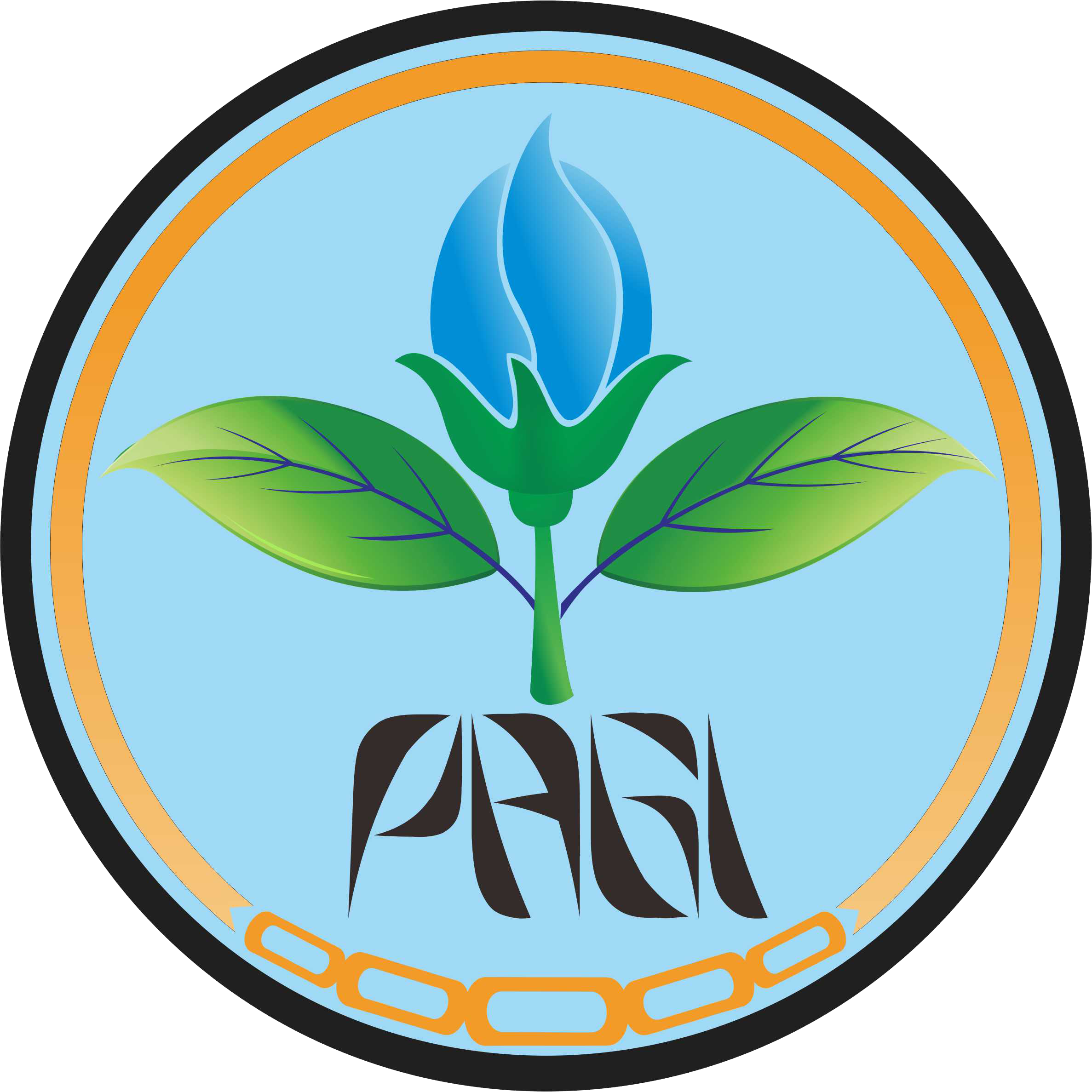Assembly of Lowland Adaptive Wheat Mutant Through Gamma Ray Mutation Induction
| Dublin Core | PKP Metadata Items | Metadata for this Document | |
| 1. | Title | Title of document | Assembly of Lowland Adaptive Wheat Mutant Through Gamma Ray Mutation Induction |
| 2. | Creator | Author's name, affiliation, country | Dafni Mawar Tarigan; Faculty of Agriculture, Universitas Muhammadiyah Sumatera Utara; Indonesia |
| 2. | Creator | Author's name, affiliation, country | Rini Sulistiani; Faculty of Agriculture, Universitas Muhammadiyah Sumatera Utara; Indonesia |
| 2. | Creator | Author's name, affiliation, country | Wan Arfiani Barus; Faculty of Agriculture, Universitas Muhammadiyah Sumatera Utara; Indonesia |
| 2. | Creator | Author's name, affiliation, country | Sri Utami; Faculty of Agriculture, Universitas Muhammadiyah Sumatera Utara; Indonesia |
| 2. | Creator | Author's name, affiliation, country | Anggria Lestami; Faculty of Agriculture, Universitas Muhammadiyah Sumatera Utara; Indonesia |
| 3. | Subject | Discipline(s) | |
| 3. | Subject | Keyword(s) | High temperature, Irradiation, Mutant, Viability, Yield |
| 4. | Description | Abstract | Wheat is the largest cereal food in the world's staple food supply. The expansion of the wheat crop needs to be done through extensification efforts in the lowlands to increase domestic production. The main obstacles faced in the lowlands are the high air temperature and the intensity of sunlight. The research objective was to provide adaptive wheat mutant in the lowlands, especially in North Sumatra. The seeds of 3 varieties of wheat: Dewata, Basribey and G-21 were treated with gamma irradiation with a dose 100, 200, 300, 400, 500, and 600 Gy. Each treatment was repeated three times. The highest percentage of germination and vigor index due to the combination of treatment of wheat varieties with gamma rays was the combination of Dewata and 200 Gy which was significantly different from Basribey and G-21. Gamma irradiation treatment of 100 Gy on the three mutant wheat varieties showed differences in plant height, namely the G-21 variety, followed by Dewata and Basribey. The number of productive tillers showed significant variation between the gamma ray treatments for each mutant wheat genotype and the most productive tillers were at a gamma ray dose of 100 Gy for all wheat genotypes. The 100 Gy gamma ray treatment caused the number of seeds of the Dewata variety to be much higher than that of Basribey and G-21. The mutants obtained with the desired characters are the basic materials in assembling new superior varieties of wheat that are adaptive in the lowlands. |
| 5. | Publisher | Organizing agency, location | Perkumpulan Agroteknologi/Agroekoteknologi Indonesia |
| 6. | Contributor | Sponsor(s) | |
| 7. | Date | (YYYY-MM-DD) | 2023-06-30 |
| 8. | Type | Status & genre | Articles |
| 8. | Type | Type | |
| 9. | Format | File format | PDF(EN) |
| 10. | Identifier | Uniform Resource Identifier | https://jurnal.uns.ac.id/arj/article/view/71933 |
| 10. | Identifier | Digital Object Identifier | https://doi.org/10.20961/agrotechresj.v7i1.71933 |
| 11. | Source | Title; vol., no. (year) | Agrotechnology Research Journal; Vol 7, No 1 (2023): Agrotechnology Research Journal |
| 12. | Language | English=en | en |
| 14. | Coverage | Geo-spatial location, chronological period, research sample (gender, age, etc.) | |
| 15. | Rights | Copyright and permissions |
Copyright (c) 2023 Agrotechnology Research Journal This work is licensed under a Creative Commons Attribution-ShareAlike 4.0 International License. |




